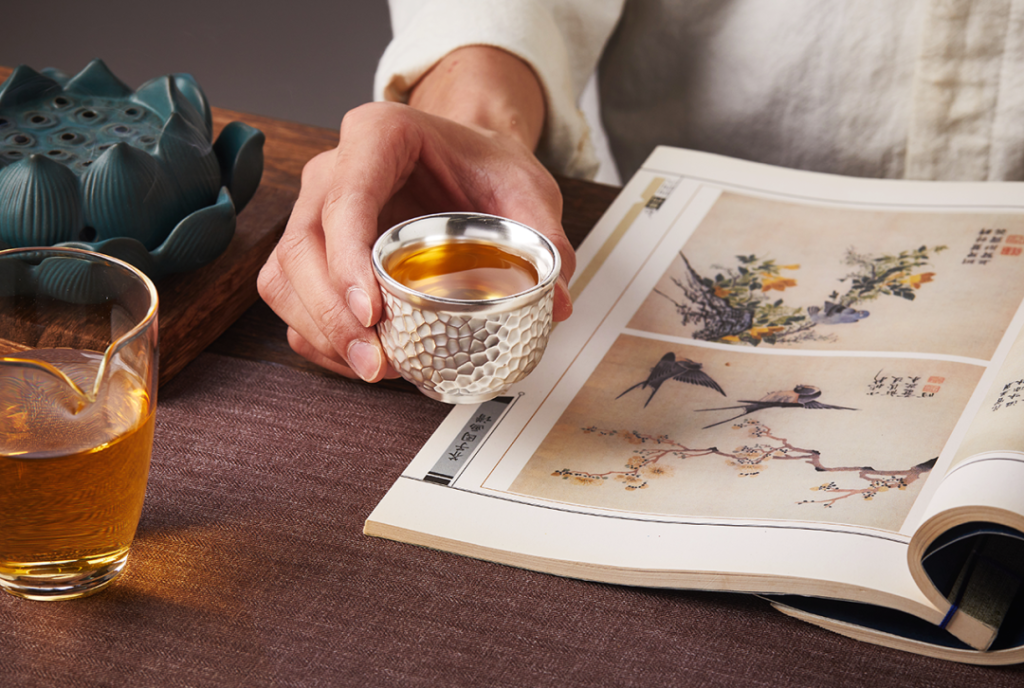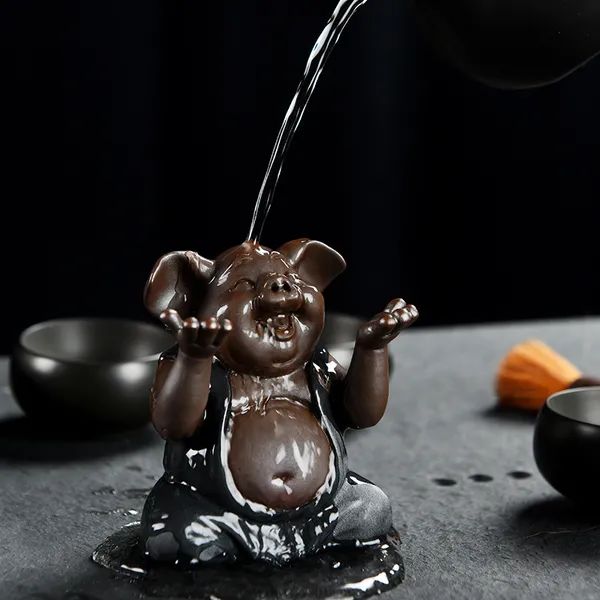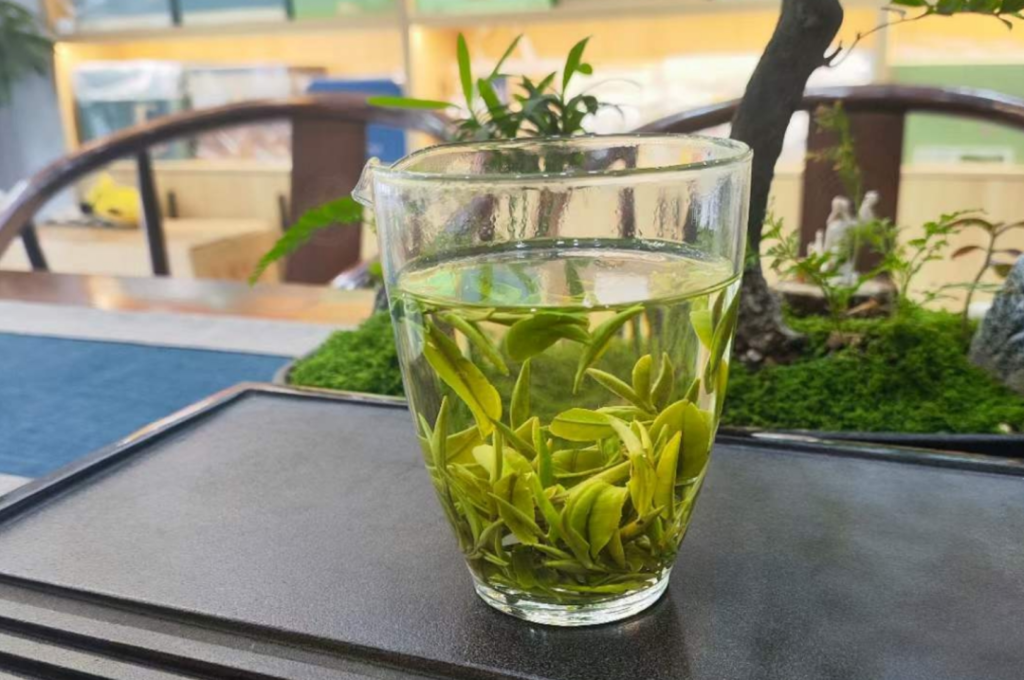Those who know how to drink tea make a ‘whoosh’ sound as they sip the tea broth into their mouths. Although it may seem inelegant, it is the most professional and authentic way to taste tea. The sucking method is used to allow the tea broth to fully contact the mouth, extracting the best flavor of the tea. Therefore, when drinking tea, one must be open-minded; sipping it gently is too amateurish.
Tasting tea is a learning process, and there are no shortcuts to mastering it; the key is to drink more tea. Before learning to taste tea, it’s important to understand the different types of tea flavors. These descriptions may seem abstract to beginners, as they all appear similar, but as you drink more tea, you will gradually be able to discern the subtle differences.
1. Intense: Typically used to describe the taste of green tea, it starts with a bitter sensation, followed by a rich flavor that is not bitter, with astringency without astringency, and a long, refreshing aftertaste with a sweet sensation.
2. Strong: Often associated with black tea, the ‘strong’ indicates a rich extraction in the tea soup. When the tea is sucked into the mouth, it feels thick and sticky on the tongue, and the ‘intensity’ refers to a strong stimulation. Initially, the tea has a sticky sensation, followed by a strong stimulation.
3. Rich and Mellow: The tea soup is mellow and refreshing, with a certain level of stimulation and astringency. Teas with this flavor profile include high-quality Congou black tea, Maojian, Maofeng, and some oolong teas.
4. Thick: When the tea soup enters the mouth, it feels rich in content, with a certain thickness, and has a strong stimulation and astringency, with a refreshing aftertaste. Teas with this flavor profile include Shulu, Suilu, Shiting Green, Lingyun Baihao, Dian Hong, and Wuyi Rock tea.
5. Mellow: Green, black, and oolong teas with proper processing have this flavor profile. Examples include Huoqing, Maojian, Lushan Yunwu, Narcissus, Oolong, Baozhong, Tieguanyin, Sichuan Red, Keemun, and some Fujian Red teas.
6. Aged and Mellow: The manufacturing process includes a water-release and piling process that results in an aged and mellow flavor. Teas with this flavor profile include Liubao tea and Pu-erh tea.
7. Fresh and Mellow: Made from tender and fresh leaves, processed in a timely manner, green, black, or white tea processing methods result in a fresh and mellow flavor, with a refreshing aftertaste. Teas with this flavor profile include Taiping Houkui, high-grade Hongqing, Da Bai, Xiao Bai, high-grade Keemun, Yihong, etc.
8. Fresh and Rich: Made from highly tender leaves, thick leaves, strong buds, fresh, with high water-soluble content, processed in a timely and reasonable manner, the flavor is fresh and rich, with a refreshing aftertaste. Teas with this flavor profile include Huangshan Maofeng, Ming Mei, etc.
9. Fresh and Fragrant: Processed in a timely and reasonable manner, with a clear fragrance and a fresh sensation, this flavor profile is associated with black or green tea processing methods. Teas with this flavor profile include Mengding Ganlu, Biluochun, Yuhua Tea, Duyun Maojian, Bailin Gongfu, and various silver needle teas.
10. Sweet and Mellow: The taste is sweet and mellow.
Teas belonging to this flavor profile include Anhua Pine Needle, Enshi Yulu, Bai Cha, and small-leaf Congou black tea. These teas are characterized by their mellow sweetness, sweetness, and refreshing sweetness.
11. Fresh and Light Flavor: Teas with low content of polyphenols, catechins, and water-soluble substances, and slightly higher amino acid content, have a fresh and comfortable taste with a lighter flavor. Teas in this category include Junshan Yinzhen and Mengding Huangya, among others.
12. Mellow and Refreshing Flavor: Teas with good tenderness in fresh leaves, a moderate taste, neither bitter nor astringent, and a refreshing aftertaste belong to this flavor profile. Examples include Huangya tea from the yellow tea category and general mid-to-high-grade Congou black tea.
13. Mellow and Balanced Flavor: Teas with a taste that is not bitter or astringent and have a rich mouthfeel, with a mild and subdued aftertaste. Such as Xiangjian from the dark tea category, Liubao tea, and mid-grade Congou black tea.
14. Mild Flavor: Teas with older fresh leaves, where more than half of the buds and leaves are aged, and are processed normally. There are many teas in this flavor profile, including mid-to-low-grade teas from black, green, oolong, and yellow tea categories, as well as mid-grade dark teas.



